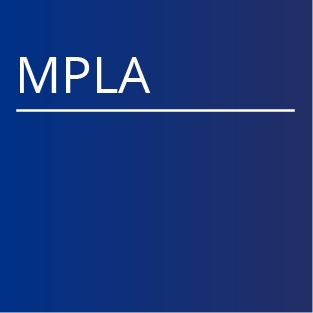
































Category: MPPG Report
The review and management of computed tomography (CT) protocols are a facility's ongoing mechanism of ensuring that exams being performed achieve the desired diagnostic image quality while optimizing radiation dose and properly exploiting the capabilities of the equipment being used. Therefore, protocol management and review are essential activities in ensuring patient safety and acceptable image quality. While several states require accreditation that calls upon these activities, the activities themselves have been explicitly identified as essential by one state, regulatory and accreditation groups such as the American College of Radiology (ACR) CT Accreditation program and Intersocietal Accreditation Commission (IAC), as well as the Joint Commission in its requirements for diagnostic imaging services among others. The AAPM considers these activities to be essential to any quality assurance (QA) program for CT, and as an ongoing investment in improved quality of patient care. CT exam protocols are used to obtain the diagnostic image quality required for the exam, while optimizing radiation dose to the patient and ensuring the proper utilization of the scanner features and capabilities. Protocol review refers to the periodic evaluation of all aspects of CT exam protocols. These parameters include acquisition parameters (e.g., kVp), patient instructions (e.g., breathing instructions), the administration and amounts of contrast material (intravenous, oral, etc.), and postprocessing parameters. Protocol management refers to the process of review, implementation, and verification of protocols within a facility�s practice. This is a complex undertaking in the present environment. The challenges in optimization of dose and image quality are compounded by the lack of a commercially available, vendor-neutral automated mechanism to collect and modify protocols systemwide. The manual labor involved in identifying, recording, and compiling for review and subsequent implementation all relevant parameters of active protocols is not inconsequential. The clinical community needs effective protocol management tools and efficient methods to replicate protocols across different scanners in order to ensure consistency. The ability to quickly view and understand the myriad of CT protocol parameters contained within a single exam type is critical to the success of protocol review. The ability to quickly identify an outlier protocol parameter would also be extremely beneficial to the CT protocol review process. This MPPG applies only to CT scanners used for diagnostic imaging. However, some elements of protocol review described in this document are also appropriate for: a. CT scanners used only for therapeutic radiation treatment planning; b. CT scanners used only for calculating attenuation correction coefficients for nuclear medicine studies; c. 3D angiography and flat panel CT systems; d. Dental CT units; and e. Interventional CT scanners